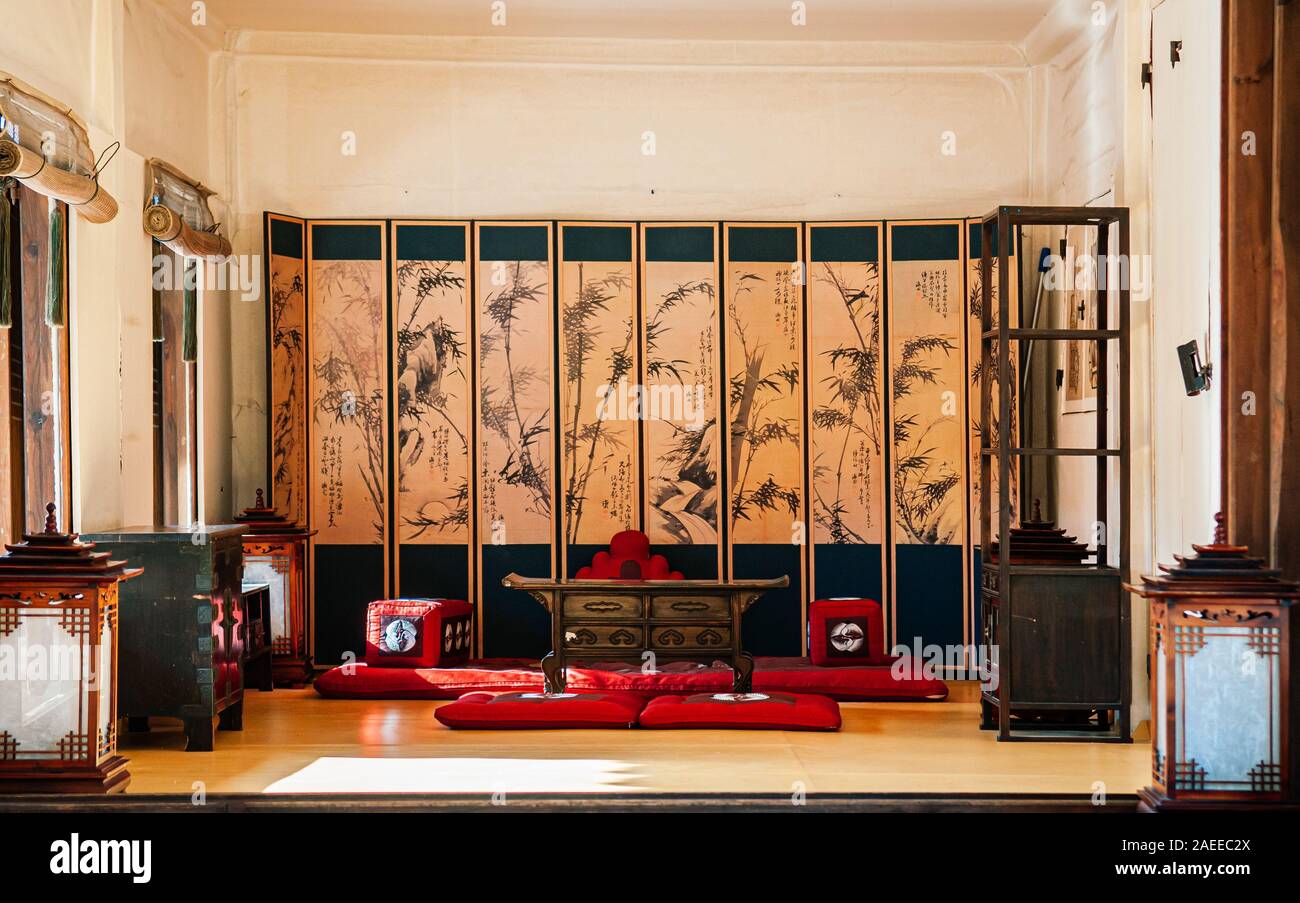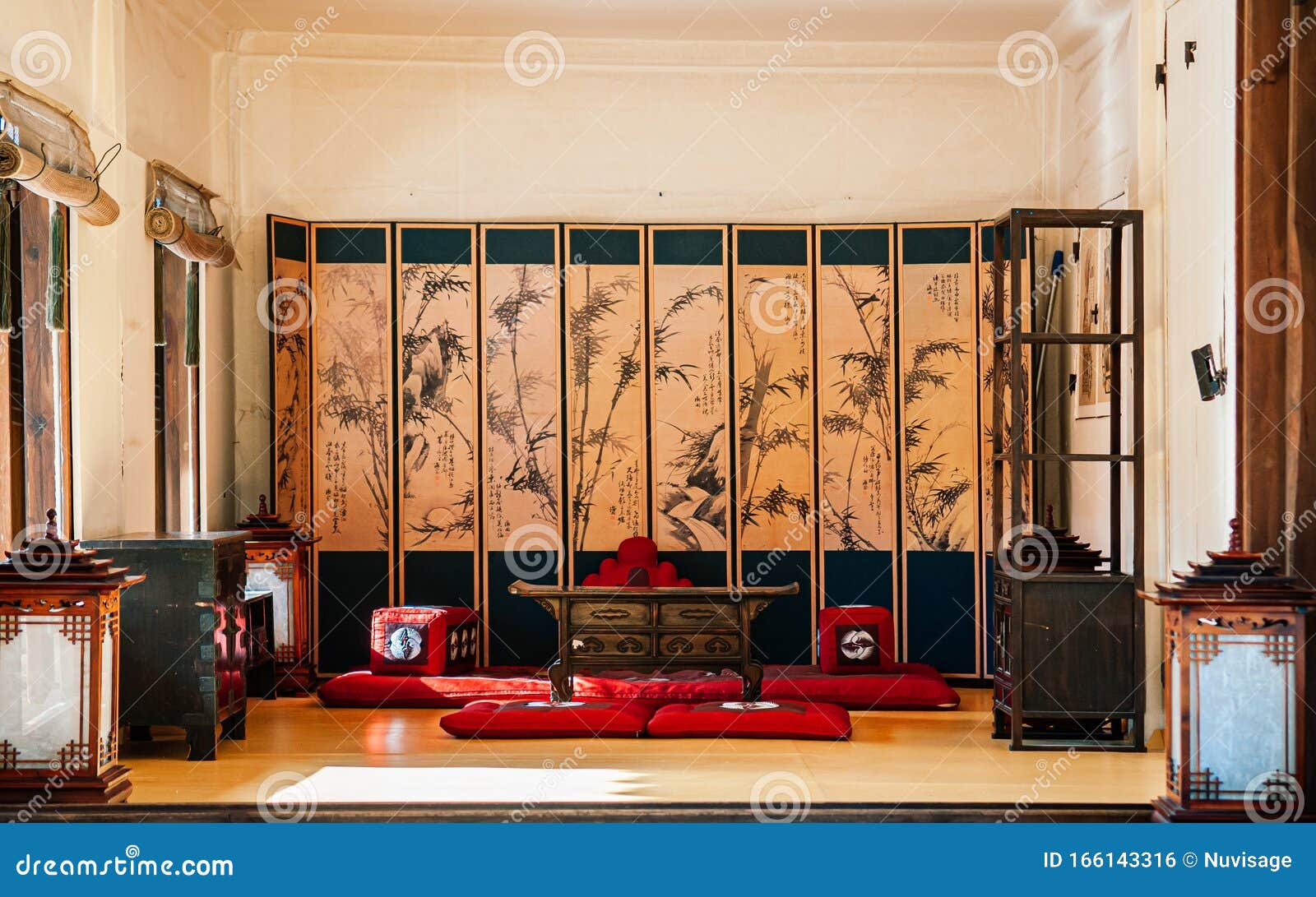Traditional Korean decor, known as ‘Hanok’, reflects a unique blend of harmony, simplicity, and natural beauty. Whether you’re a design enthusiast or looking to transform your living space, immersing yourself in the world of traditional Korean aesthetics can be both enlightening and enriching. In this article, we will explore various elements of Korean decor, share personal experiences, and provide practical tips on incorporating these timeless styles into your home.
Understanding Traditional Korean Decor
Traditional Korean decor is not just about aesthetics; it represents a way of life. The Korean word ‘Hanok’ refers to traditional houses that are characterized by their use of natural materials, such as wood and stone, along with a strong emphasis on harmony with nature. This creates a serene and inviting environment that resonates with many.
The Philosophy Behind Korean Decor
The philosophy of traditional Korean decor is deeply rooted in Confucian ideals, focusing on balance, respect for nature, and living in harmony with one’s surroundings. The concept of ‘Gongbang’ (공방), or the gathering space, embodies the communal aspect of life, creating spaces where family and friends can connect.
Key Elements of Traditional Korean Decor
- Natural Materials: The use of wood, clay, and stone is paramount.
- Muted Color Palette: Colors inspired by nature, like greens, browns, and whites.
- Simplicity: Minimalist designs that celebrate functionality.
- Sliding Doors (Hanji): Paper sliding doors that offer flexibility and style.
- Floor Heating (Ondol): A traditional underfloor heating system for comfort.
Incorporating Traditional Korean Decor into Modern Spaces
Integrating traditional Korean decor into contemporary interiors can create stunning contrasts and foster a unique ambiance. Here are some steps to guide you through the process:
Step 1: Choose Key Decor Items
Focus on essential elements such as:
- Furniture: Low tables (sijang), floor cushions (yo), and wooden stools.
- Artwork: Traditional paintings (minhwa) and calligraphy.
- Textiles: Use silk or linen for curtains and cushions.
Step 2: Create a Balanced Layout
Ensure your layout reflects balance and symmetry. Use a focal point, such as a traditional piece of furniture or artwork, to draw the eye and create a narrative in your space.
Step 3: Incorporate Natural Elements
Adding plants, like bamboo or bonsai, can enhance the natural feel of your decor. Utilize natural light to further connect your living space with the outdoors.

Comparison Table: Traditional Korean Decor vs. Modern Decor
| Aspect | Traditional Korean Decor | Modern Decor |
|---|---|---|
| Materials | Natural (wood, clay, stone) | Varied (metal, glass, plastic) |
| Color Scheme | Muted, nature-inspired | Bold, contrasting colors |
| Design Philosophy | Harmony with nature | Focus on trends and functionality |
| Furniture Height | Low (floor seating) | Varied (high seating) |
Pros and Cons of Traditional Korean Decor
Pros
- Timeless Elegance: The aesthetics never go out of style.
- Emphasis on Nature: Brings a calming influence to your home.
- Functional Space: Encourages simplicity and mindfulness.

Cons
- Limited Furniture Options: Low seating may not be suitable for everyone.
- Maintenance of Natural Materials: Requires careful upkeep.
- Cultural Understanding: May require additional research for authentic representation.
Personal Experiences with Korean Decor
As someone who has embraced traditional Korean decor in my own living space, I can attest to the calming effect it has. I replaced my conventional sofa with floor cushions and added a **Hanok-style table**. The change invited a sense of tranquility that I had never experienced before.

Decorating with traditional Korean accessories, such as a beautiful silk **norigae (traditional ornament)**, not only added character to my space but also sparked conversations among guests who were curious about its history and significance.
FAQs about Traditional Korean Decor
What materials are commonly used in traditional Korean decor?
Common materials include wood, clay, paper (Hanji), and natural fibers like silk and cotton.

How can I blend traditional Korean decor with modern design?
To blend these styles, focus on incorporating traditional elements as statement pieces while maintaining a modern backdrop with neutral colors and clean lines.
Are there specific colors associated with traditional Korean decor?
Yes, traditional Korean decor often features muted tones inspired by nature, such as greens, browns, whites, and subtle pastels.

What is the significance of ondol in traditional Korean homes?
Ondol is a traditional underfloor heating system that provides warmth and comfort, reflecting the Korean emphasis on functional and practical living spaces.
Conclusion
Traditional Korean decor is more than just a design choice; it’s a way to embrace culture and history while enhancing your living space. By mixing traditional elements with modern touches, you can create a unique atmosphere that resonates with peace and aesthetic beauty. I hope this guide inspires you to explore traditional Korean decor and perhaps integrate it into your own life!